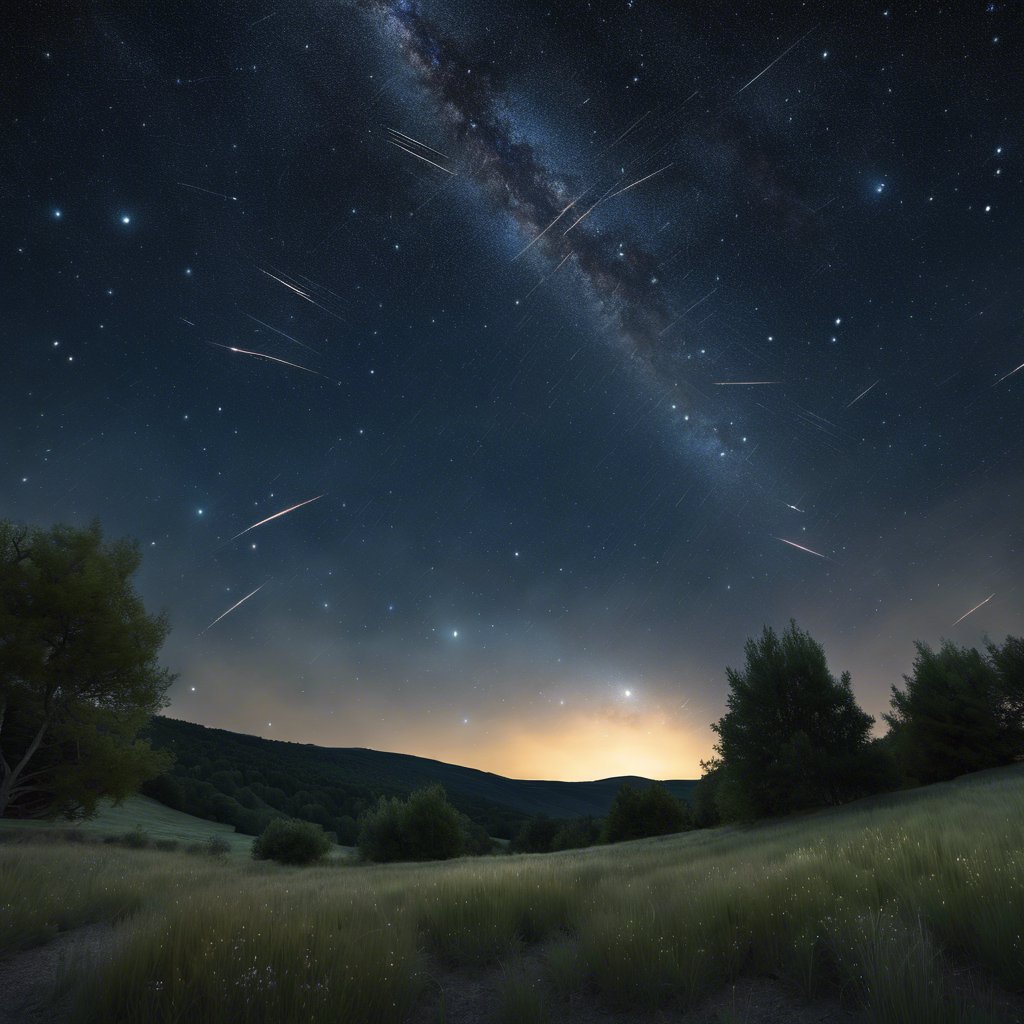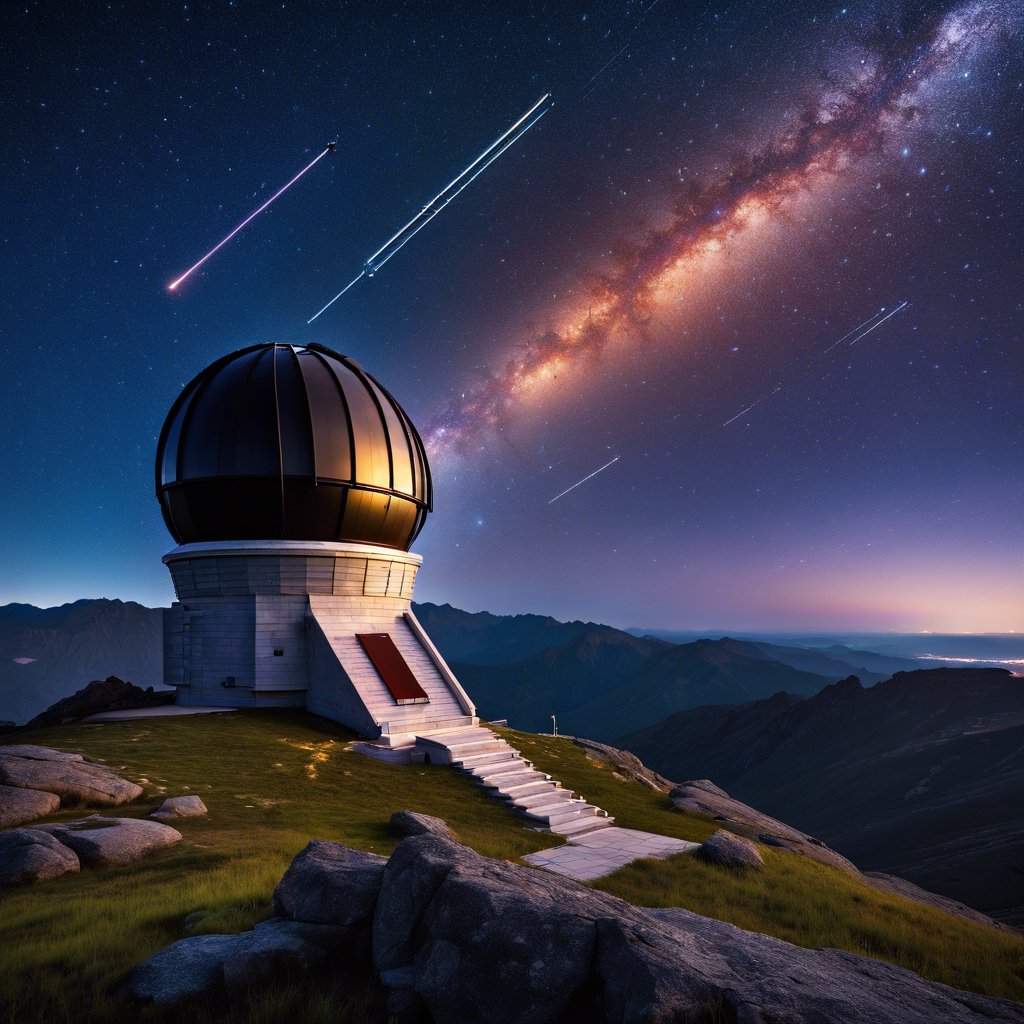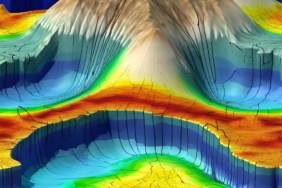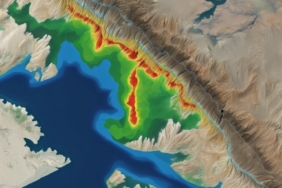TÜBİTAK National Observatory’s 2024 Celestial Events Yearbook
The TÜBİTAK National Observatory (TUG) has prepared the 2024 Celestial Events Yearbook. This yearbook covers the events in the sky and meteor showers in a comprehensive manner. Every year, a total of 8 different meteor showers occur around the world. These events consist of the debris left behind by comets that passed thousands of years ago. These meteor showers are as follows:
- Quadrantid
- Lyrid (Instrument)
- Eta Aquarid (Eta Aquarius)
- Delta Aquarid (Delta Aquarius)
- Perseid (Hero-Perse)
- Orionid (Hunter)
- Leonid (Lion)
- Geminid (Twins)
The most striking of these meteor showers is the Perseid meteor shower, which will start on July 14 and last until September 1. The most intense day for the Perseid shower will be the night between August 12 and 13.
The Moon Will Set Before Midnight
The Celestial Events Yearbook prepared by TUG experts provides detailed information about the Perseid meteor shower. The Perseid Meteor Shower is composed of small pieces of rock and dust that break off from the Comet 109P/Swift-Tuttle. This comet has a nucleus with a diameter of 26 kilometers and orbits the Sun every 133 years. The Perseid meteor shower, which will occur between July 14 and September 1, will be most intensely observed on the night of August 12-13.
Perseid is known as one of the most intense meteor showers. During the peak days of the shower, 75-100 meteors can be observed per hour. Interestingly, the Moon will be in its first quarter phase on this date and will set before midnight. The meteors appear to radiate from the region of the Perseus constellation.
The speed at which meteors enter our atmosphere is around 59 kilometers per second on average. The Celestial Events Yearbook also states, “During the Perseid shower, it is also possible to see magnificent meteors called ‘fireballs’. These fireballs are observed as a larger explosion of light and are usually visible for a longer time, and their brightness can reach minus 3 magnitude.”
Many sky enthusiasts make plans to watch the Perseid meteor shower in areas far from city lights, eager to both photograph and witness the spectacular natural event with the naked eye.
Can Also Be Watched From Turkey
This year, a “Perseid meteor shower” viewing event will be held on Erciyes, the peak of Central Anatolia. According to the statement made by the Metropolitan Municipality, the program, which will be held by Erciyes Inc. and Kayseri Science Center on Sunday, August 11, at Erciyes Ski Center Hacılar Kapı, at an altitude of 2,650 meters, in an environment far from light pollution, will bring together enthusiasts who want to explore the sky.
The event will start at 19:00 and last until 23:00. In this free event, expert astronomers will provide information to participants about the planets and constellations, and they will also be given the opportunity to observe with a telescope.


















